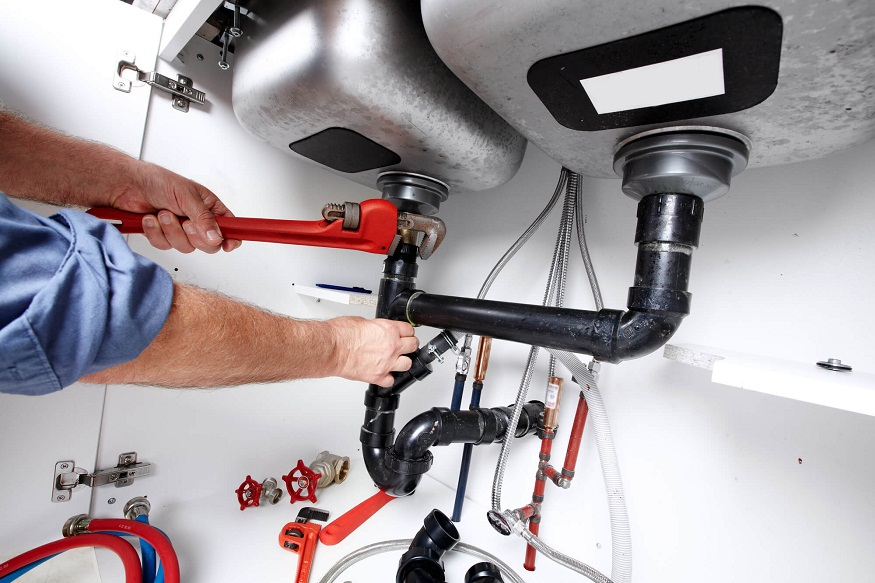
Comparison of different plumbing materials: Multilayer, PER, Copper
When it comes to choosing materials for your plumbing installation, it’s crucial to understand the features, advantages, and disadvantages of each option. The three main materials used are copper, multi-layer, or PEX This article explores the features and advantages of each material in detail to help you make the best choice for your project.
Multi-layer: an ideal compromise for your plumbing networks
What is a multi-layer plumbing network?
The aluminum ensures oxygen-tightness and limits the tube’s expansion, providing great stability and excellent resistance to high pressures. Multilayer networks are particularly robust and retain their shape after bending. Although installing a multilayer network is more expensive than installing PEX, its increased durability makes it a profitable investment in the long term.
For what type of installation should you choose multi-layer?
This type of plumbing is particularly robust in the face of extreme temperatures, making it ideal for installations such as underfloor heating.
Mounting of multilayer tubes
The installation of multilayer pipes is simple thanks to their flexibility, which allows them to be easily bent and cut to adapt to the specific needs of each project. Assembly is facilitated by the use of suitable tools, depending on the references chosen. Multilayer pipes and fittings can be installed both exposed and recessed, thus meeting a wide variety of configurations. Multilayer press fittings or multilayer compression fittings , in all cases we have the specific tools such as crimping pliers and a deburring tool to ensure a precise cut and a secure connection
What is a PER plumbing network?
PER, or high-density cross-linked polyethylene, is a highly durable material, ideal for transporting hot water because it minimizes wear and tear due to high flow rates. Its flexibility makes it easy to adapt to various configurations.
For what type of installation should PER be used?
There are also insulated sheathed PEX tubes , ideal for installation in unheated premises, as they prevent damage caused by frost. Some tube models incorporate an anti-oxygen barrier (AOB), a major advantage in preventing fouling of the network, which could lead to obstructions, a reduction in thermal and energy performance, or even premature corrosion.
Since PER has a high expansion index, it is advisable to allow for additional length in the plumbing system to prevent leaks and flooding. Furthermore, this type of system is only designed for recessed installation, as PER is sensitive to UV rays and does not tolerate light well.
How to install PER tubes?
Installing PEX pipes requires no welding, simplifying assembly while reducing risks. Connections are made quickly thanks to different types of fittings: compression, slip, or crimp. Depending on the type of connection chosen, specific tools may be required to ensure proper installation. For example, our range of slip fittings requires the use of specific pliers . We also have a professional-grade slip pliers , designed for intensive use.
Calendar
| M | T | W | T | F | S | S |
|---|---|---|---|---|---|---|
| 1 | 2 | 3 | 4 | 5 | 6 | |
| 7 | 8 | 9 | 10 | 11 | 12 | 13 |
| 14 | 15 | 16 | 17 | 18 | 19 | 20 |
| 21 | 22 | 23 | 24 | 25 | 26 | 27 |
| 28 | 29 | 30 | 31 | |||
Leave a Reply